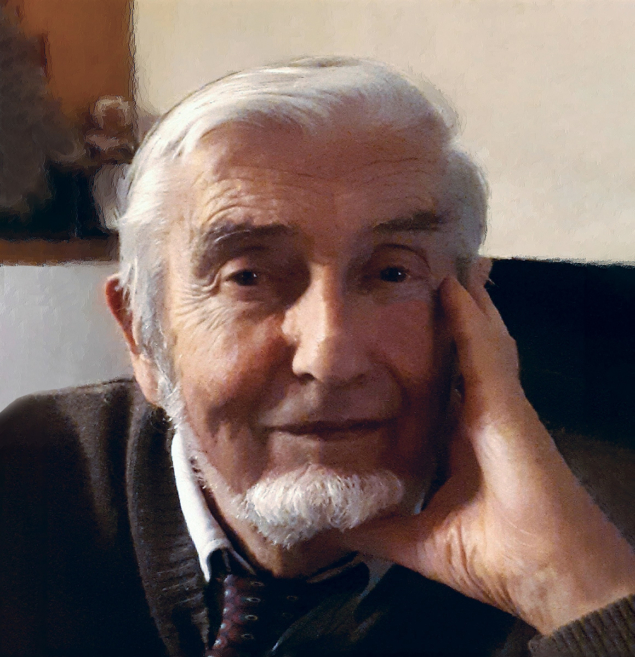
Jacques Séguinot, a founding father of the ring-imaging Cherenkov detector, passed away on 12 October.
Born in 1932 in a small village in Vendée, Jacques studied electromechanical engineering at the University of Caen and received his PhD in physics in 1954. His solid engineering base was visible in every experiment that Jacques designed and built throughout his long career, which followed a classic French academic path – from a stagiaire de recherche in 1954 to a directeur de recherche in 1981, which he held until his official retirement in 1990.
His first studies saw him spend several months at the French cosmic-ray laboratory on the Col du Midi near Mont Blanc, after which he worked on accelerator-based experiments: first at Saturne (CEA Saclay), and from 1964 onwards at CERN’s Proton Synchrotron studying strong interactions with pion and kaon beams. At the end of the 1960s, Jacques began a long and fruitful collaboration with Tom Ypsilantis, leading to a seminal 1977 paper establishing a new particle identification technology that became known as the RICH (Ring Imaging Cherenkov Counter).
The idea was to use the recently introduced multiwire proportional chamber, filled with a photosensitive gas, to detect and localise ultraviolet photons emitted by fast charged particles in a radiating medium, and to use a suitable optical arrangement to create a ring pattern whose radius depends on the particle speed. Combined with magnetic analysis, the RICH made it possible to identify a particle’s mass in a wide range of energies. In further work, Séguinot and Ypsilantis developed algorithms to optimise the momentum resolution of the detectors, as well as adapting radiators to cover different momentum ranges where other technologies were ineffective.
The early RICH devices were successfully deployed at the fixed-target experiments OMEGA at CERN and E605 at Fermilab. The ability of the detector to extend over most of the solid angle around the target or colliding-beam intersections also made it particularly relevant for experiments at the newly commissioned LEP and SLD accelerators. The RICH detector at LEP’s DELPHI experiment came close to the original design, with nearly 4π angular coverage, and Jacques’ contribution to this detector was key.
In view of the growing interest in meson factories, Jacques and Tom worked on faster RICH devices with shorter photo-conversion lengths, and also on CsI solid photo-converters. This led to applications in the RICH for CLEO at the CESR storage ring, the CsI-based RICH detectors in CERN’s ALICE, COMPASS and other experiments. Another very ambitious R&D programme, which started in the mid-1990s, aimed at developing highly segmented photodetectors sensitive to visible light. Jacques saw the potential of such hybrid photo detectors (HPD) for applications in medical imaging, and proposed an innovative PET device in which matrices of long scintillation crystals are read from both sides by HPDs. In the meantime, SiPM photodetectors had become available, with a number of practical advantages over HPDs. In the AX–PET collaboration, Jacques and several others built a fully operational axial PET with SiPM readout.
The high-energy physics community has lost an excellent detector physicist with an extraordinary sense of engineering. His groundbreaking ideas live on, including in the most recent detectors such as Belle II in Japan. But we will also remember Jacques’ fine personality, patience and decency.








